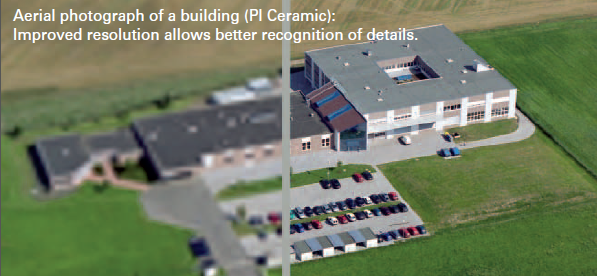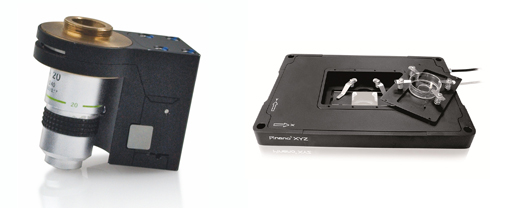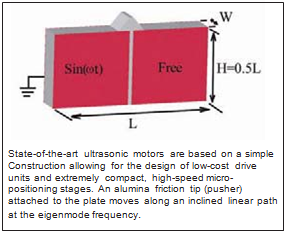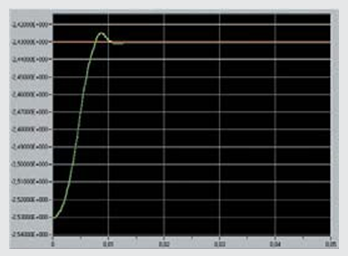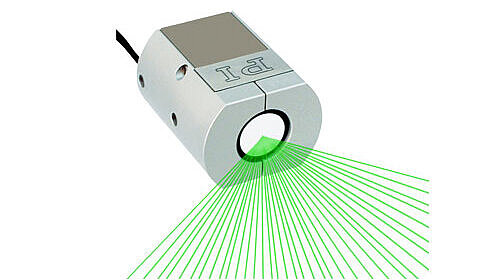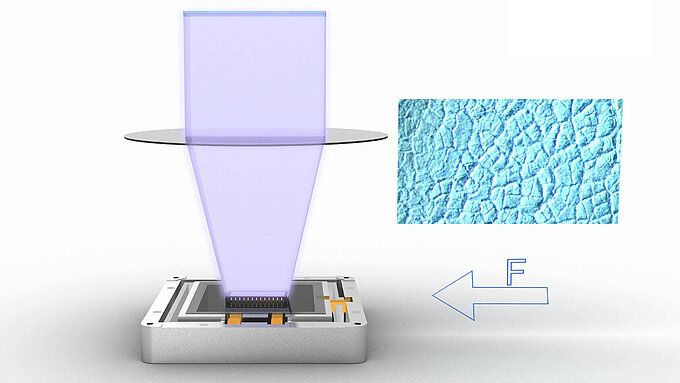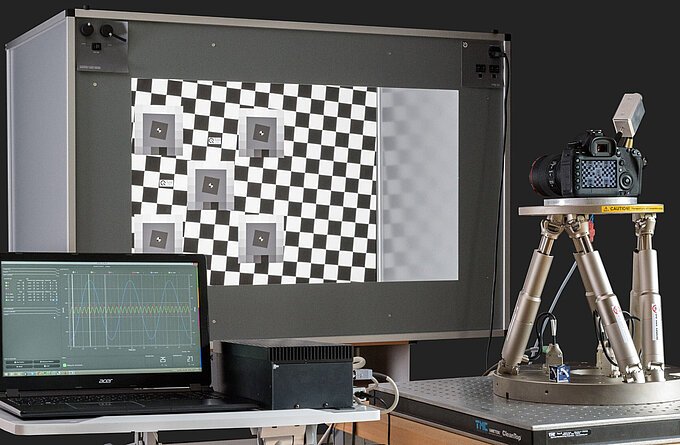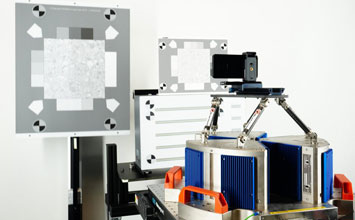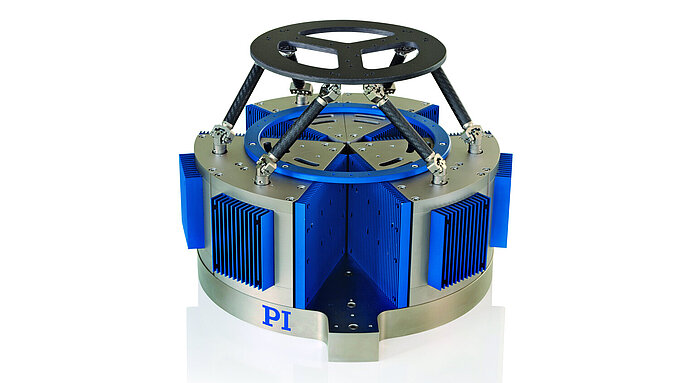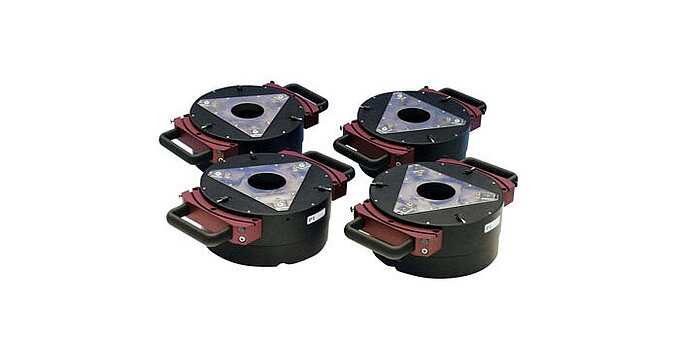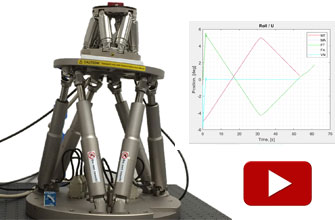Image Stabilization / Resolution Enhancement with Fast Piezo Scanners
Fast Piezo Nanopositioning Stages enable Super-Resolution Imaging and Vibration and Shake Suppression
Increasing the Resolution of Optical Sensor Chips: Applications of Pixel Sub-Stepping
Optical Resolution in Imaging
Low light conditions create difficult conditions for imaging applications from astronomy to microscopy. Low light intensity means neither the resolution of the chip nor the exposure time for changing or moving objects can be freely chosen. Typical applications are fluorescence microscopy, white-light interferometry (OCT in medical technology or general surface structural analysis), or surveillance cameras and cameras for aerial photography. Further fields of application are scanners used to digitize analog data, e.g. technical drawings, art, paintings, etc. Pixel sub-stepping makes it possible to significantly improve the resolution with relatively little effort.
Restrictions of High-Resolution Chips
The resolution of digital recording methods is determined by the number of imaging pixels of a CCD or CMOS chip, for example. If one wishes to increase the resolution, the number of imaging pixels must be increased.
There are basically two ways of doing this, both of which are relatively expensive and require a lot of effort: either one increases the size of the recording chip or one decreases the size of the pixel. The first case requires a larger recording device and also different imaging optics. In the second case, the light sensitivity decreases with the pixel size. This reduces the separation between image signal and noise signal which, in the end, may even decrease the image quality in spite of the higher resolution.
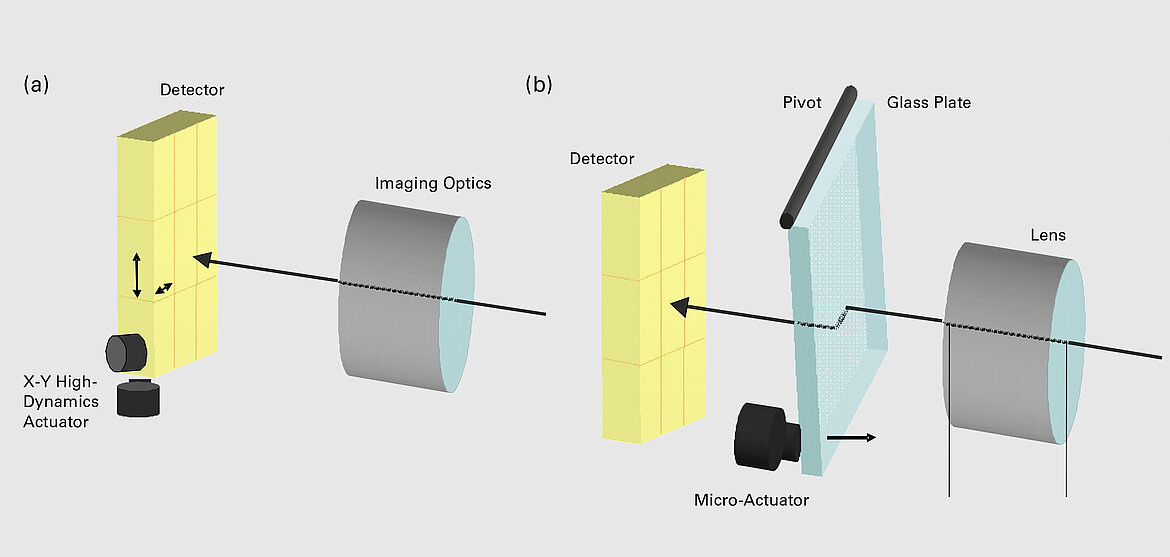
Super-Resolution with Pixel Sub-Stepping
With pixel sub-stepping, the recording area is moved on a defined path with a defined frequency. This “dithering”, where the travel is less than the size of a pixel, causes the pixel to be exposed several times on the recording area, producing a virtual “pixel multiplier” which can significantly improve the resolution. The rest is data processing. The various images produced in this way are subsequently “super-imposed” to form the final, high-resolution image, a process also known as “super resolution”.
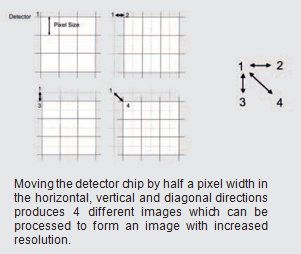
Piezo Actuators: Fast, Reliable, and Easy to Integrate
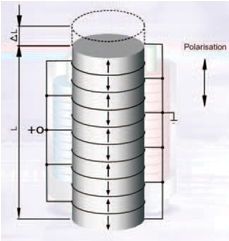
Piezo actuators convert electrical energy directly into mechanical energy and vice versa. Travel ranges of up to one millimeter or so can typically be achieved with resolutions down to the nanometer range, and high dynamics with scanning frequencies of up to several kilohertz are also achievable. Piezo actuators are free of wear and maintenance; no lubrication is required; they are non-magnetic and vacuum compatible.
Integrated into flexure arrangements they can provide multi-axis motion, e.g. to be integrated in high-end custom cameras for image stabilization or resolution enhancement based on the pixel sub-stepping principle.
Piezo Scanners for Pixel Sub-Stepping
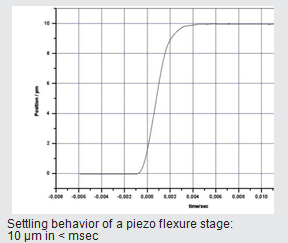
Since this method is based on motion, a drive is required which meets all the performance criteria for mechanical precision and lifetime. The drives differ, with the application, but they all have crucial features in common: the motion of the sensor chips must be reproducible in two dimensions with sufficient linearity. The travel is of the order of the pixel size, i.e. a few tens of micrometers or less.
The dynamics required range from a few hertz for still images up to the kilohertz range for video recordings. The basic requirement for high-resolution biometric CCD/CMOS scanners used to identify persons by their fingerprints is a scanning frequency of between 1Hz and 5Hz at a response time of less than 1msec, for example. The travel for the drives is between 5µm and 15µm with a precision of better than 0.5µm. The drive solution must occupy the smallest possible mounting space.
Piezo scanners such as the PIFOC® microscope lens Z-scanner and PInano XYZ slide scanner (shown above) are employed in super-resolution microscopy to increase imaging resolution beyond the diffraction limit and create 3D images.
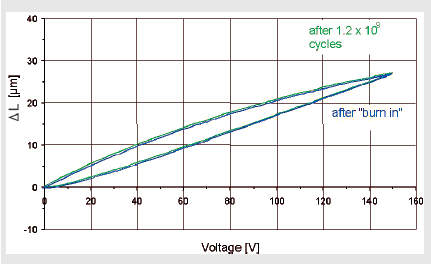
The above graph demonstrates Reliability: Dynamic test series with PICMA® piezo actuators. Total number of cycles 4.0 x 109 cycles; 116Hz sinusoidal control (1.0×107 cycles per day), 100V unipolar operating voltage, 15MPa preloading. Control measurements after each series of 109 cycles. PICMA actuators were life tested by NASA/JPL and survived 100 billion cycles without failures.
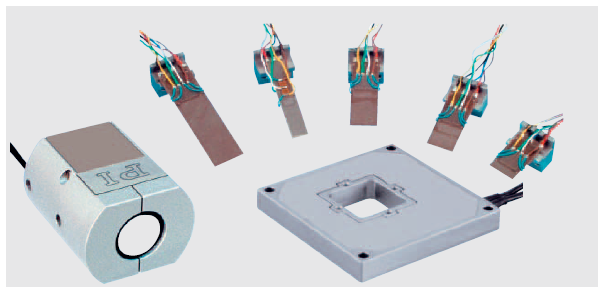
Improved resolution for high-end cameras and scanners through pixel-substepping. Fast piezo solid state drives are the driving force: Piezo tip/tilt steering mirrors, compact bender type actuators, and XY positioning scanners (shown above, from left to right).
Active Optics Improve Image Quality in Astronomical Telescopes
Modern astronomical telescopes make use of active and adaptive optics to improve image quality, limited by turbulences in the atmosphere. The “twinkling” of a star is caused by changes density of different air layers. A significant improvement can be achieved by relatively simple high-speed tip/tilt correction mirrors based on piezo / flexure drives. The image below shows the improvement.

Ultrasonic linear motors are another way to achieve fast and precise motion in a compact package. Ultrasonic oscillations of a piezo ceramic plate are transferred to linear motion along one or two frictions bars attached to the moving part of a mechanical setup.
At the heart of the system is a monolithic piezoceramic plate, segmented by two electrodes. Depending on the desired direction of motion, the left or right electrode of the piezoceramic plate is excited to pro- duce high-frequency eigenmode oscillations at tens to hundreds of kilohertz.
With each oscillatory cycle, the mechanics executes a step of a few nanometers; the macroscopic result is smooth motion with a very wide dynamic range speed range from less than 1 micron/second to 100’s of millimeters per second and accelerations of several G’s.
Custom Designs
In addition to many standard miniature ultrasonic drives, custom designs are available for easy integration.

Blog Categories
- Aero-Space
- Air Bearing Stages, Components, Systems
- Astronomy
- Automation, Nano-Automation
- Beamline Instrumentation
- Bio-Medical
- Hexapods
- Imaging & Microscopy
- Laser Machining, Processing
- Linear Actuators
- Linear Motor, Positioning System
- Metrology
- Microscopy
- Motorized Precision Positioners
- Multi-Axis Motion
- Nanopositioning
- Photonics
- Piezo Actuators, Motors
- Piezo Mechanics
- Piezo Transducers / Sensors
- Precision Machining
- Semicon
- Software Tools
- UHV Positioning Stage
- Voice Coil Linear Actuator
- X-Ray Spectroscopy

